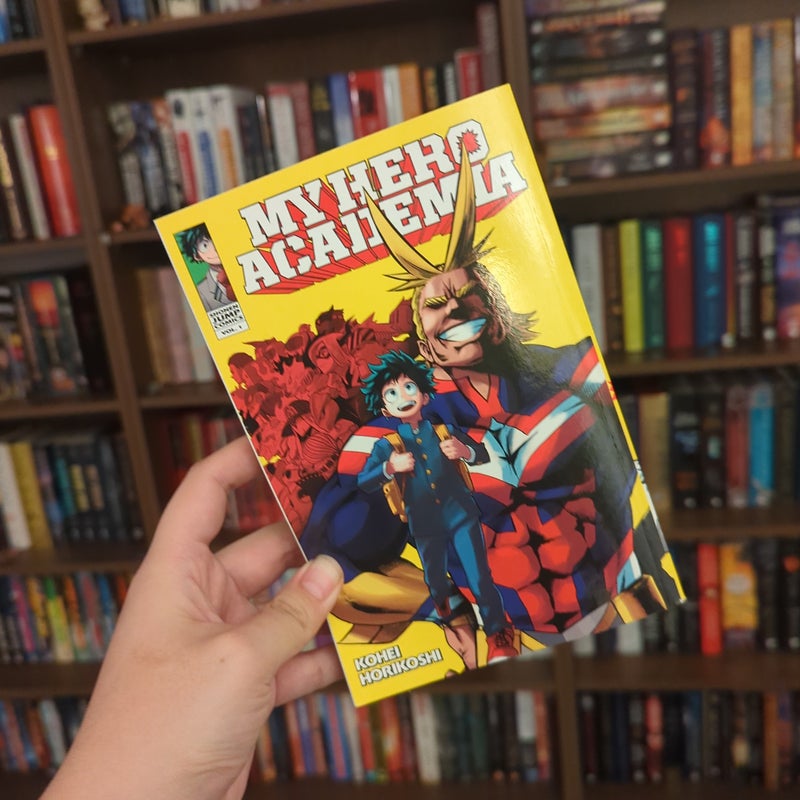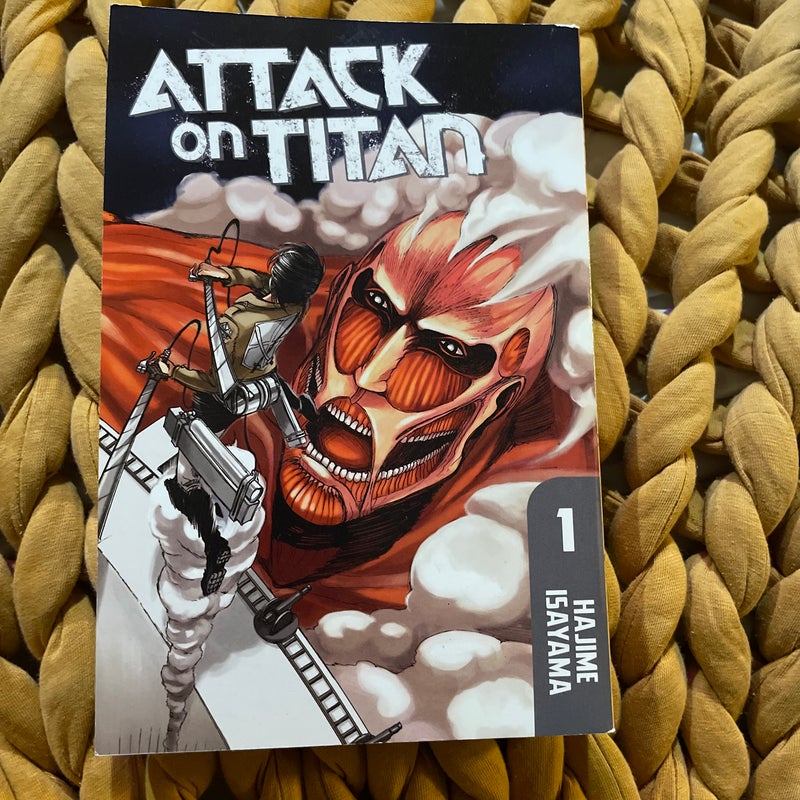8 Classic Mangas for Folks Who Don't Normally Read Manga
When I get into a new hobby or genre, I’m one of those people who does an unhealthy amount of research to make sure I’m only consuming the best available content. Getting into manga—the popular Japanese style of comic book or graphic novel—was like finding a new TV show with a hundred seasons or an awesome band with dozens of records to explore. The Pokemon and Dragonball titles that initially crossed my radar soon led to a multiyear obsession with the genre and format (a common experience for new manga readers, it turns out).
Like American comic books, manga most commonly comes in the form of a series, and, for most series, it makes sense to start with the first installment or a collection that includes a set of smaller entries, known as Tankōbon. Below are some of my picks for classic manga you can grab on Pango to begin your journey even if you’ve never given this particular art form a try in the past.
My Hero Academia

My Hero Academia is about a school of young students who are developing their superpowers, known as Quirks. Written and illustrated by Kōhei Horikoshi, we follow Izuku (who was born without a Quirk) through his struggles and self-discovery in the superhero world. The main series currently has 37 tankōbon volumes along with a steady stream of spin-off titles including Smash!!", Vigilantes, and Team-Up Missions. A light-hearted superhero story with compelling story arcs and characters, MHA is a wonderful place to start your manga journey.
One Punch Man

Speaking of approachable superhero adventures, I’d like to introduce Saitama, a bored 25-year-old who becomes a superhero "for the fun of it." Back when he had hair, he gained his superpowers by doing 100 pushups, 100 sit-ups, and 100 squats per day, among other health regimens. Written by One and illustrated by Yusuke Murata, this hilarious series is full of parodic takes on the superhero genre, as well as some fourth wall-breaking jabs. Currently sitting at 27 tankōbon volumes, One Punch Man remains a popular title (and anime adaptation) for readers of all ages.
Death Note

Starting in December 2003, the Shōnen Jump Weekly publication began serializing a psychological thriller series called Death Note that ran until May 2006 and totaled 108 chapters. "Death Note" refers to a black notebook the main character Light Yagami finds that can kill anyone so long as its user knows a target’s name and face. I’ll resist sharing more about this title as it’s really one of those reads that’s best going into blind. The twelve volumes of tankōbons are quite elusive so I would recommend the six "Black Editions" for budget-friendly bingeing.
Uzumaki

This standalone title from industry giant Junji Ito can be found on most manga readers’ lists of favorites. In this critically acclaimed horror story, Kirie Goshima and her boyfriend Shuichi find their small Japanese town cursed by supernatural events involving spirals, an English translation of the Japanese word, "uzumaki". Our characters discover more spirals throughout their town and see the horrific psychological effects they have on those around them. I’ll leave the rest of the storytelling to the manga, but cannot recommend this title enough. If you like body horror and psychological thrillers, this one is for you.
20th Century Boys

Writer/illustrator Naomi Urasawa is definitely someone to keep an eye on throughout your manga journey. Some consider him to be the Christopher Nolan of manga, whose works create a suspenseful and large-scale atmosphere with inviting and relatable characters and relationships. My favorite Urasawa work is 20th Century Boys, a slow-burn serial spanning 22 tankōbons, plus a sequel pair of tankōbon volumes aptly named 21st Century Boys. This completed saga chronicles a group of boys named Kenji, Otcho, Yoshitsune, and Maruo who build a secret hideout in an empty field in 1969. We jump ahead about 30 years to see Kenji and his friends discovering a plan to destroy the world on New Year’s Eve 2000. Will they be able to stop it in time? Find out in the pages of 20th Century Boys.
Attack on Titan
Attack on Titan is quite the spectacle. The fictional town of Shiganshina is set in a world where gigantic humanoid creatures known as Titans roam free and eat humans whole. For this reason, humans must live in cities encased by colossal walls. The seemingly sole combatant to these Titans is a noble group of fighters called the Survey Corps. Eren, Mikasa, and Armin are in the spotlight in their quest to join the Survey Corps and fight the Titans outside the cities’ walls. Attack on Titan’s completed 139 chapters are collected across 34 tankōbons, as well as 600-page 3-in-1 omnibuses.
Battle Angel Alita

Battle Angel Alita is a post-apocalyptic, cyberpunk manga series involving cybernetics, memory loss, and martial arts. An unknown cyborg, later named Alita, is found in a junkyard and has lost all her memories except her ability to fight. A cybernetics doctor rehabilitates her and unleashes Alita as a bounty hunter in a fictional US city called Scrapyard. We follow Alita’s adventures across her main five omnibus series (the easiest format to acquire the series) and a handful of spin-offs, light novels, and a 2019 live action adaptation from director James Cameron.
Ghost in the Shell

The "Ghost in a Shell" media franchise has grown to include multiple films and a cult-favorite TV show, but before all of that came an influential manga series first published in 1989. Set in 2029, this manga centers on task force Public Security Section 9 as it investigates a cyber-criminal who has been "ghost hacking" humans with cyberbrains. The original completed series contains 11 chapters and can be found in one complete tankōbon, as well as the sequels, "Ghost in the Shell 2: Man-Machine Interface," and "Ghost in the Shell 1.5: Human-Error Processor."
If I haven’t sold you on any of these genres yet, I would recommend researching your favorite media franchise to see if they have any manga related to it. There are many Star Wars adaptations and original stories, while popular DC and Marvel comic heroes have dabbled in the "manga-verse" as well. While the qualities can vary, I can still recommend anything familiar as a wonderful entry point. For me, it was the Scott Pilgrim series, which interested me after falling in love with the movie. Although it’s technically not manga, the digest size black and white volumes are very reminiscent of a tankōbon and felt like a perfect stepping stone between teenage drama and the world of manga.
